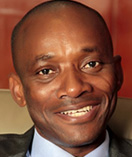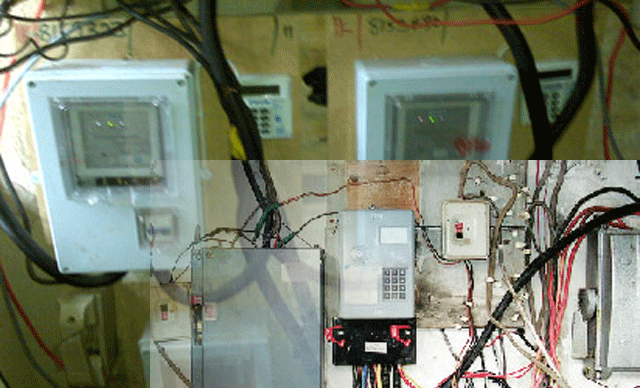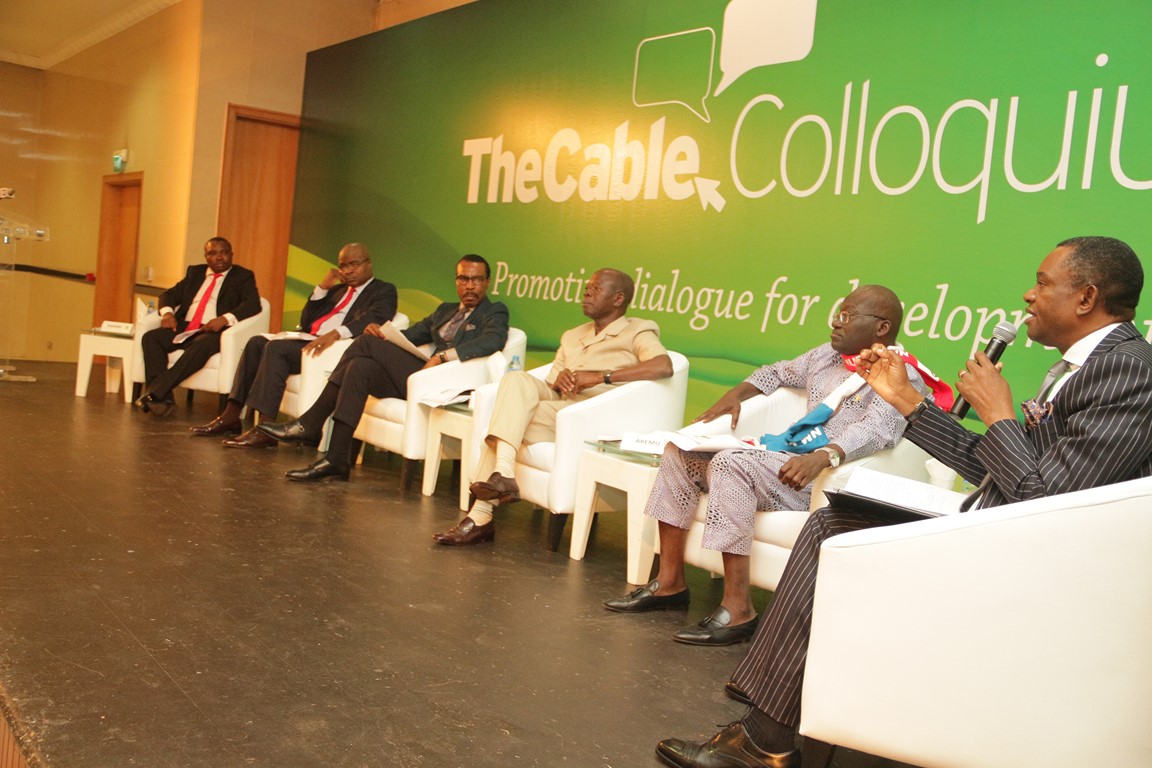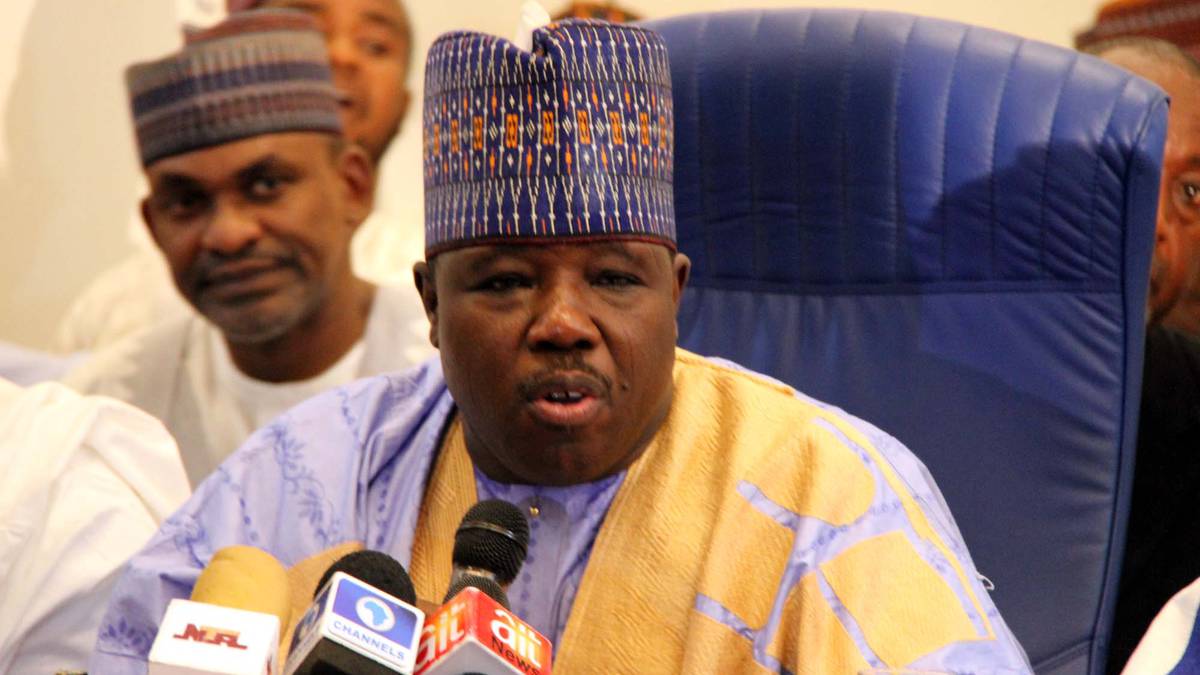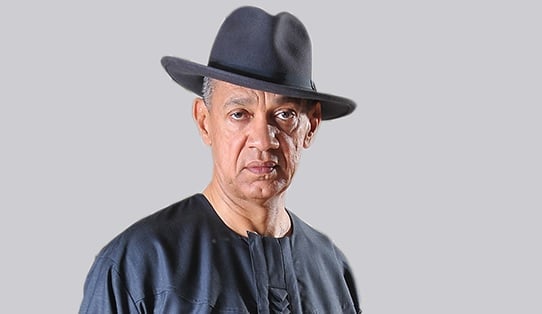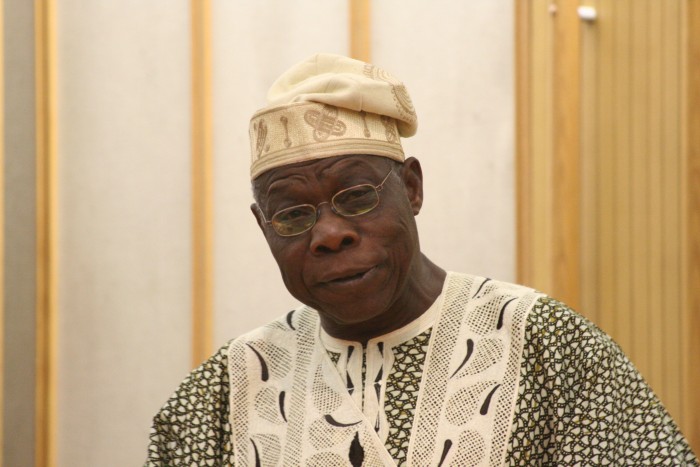The recent protests against the increase in electricity prices should not be only about street rallies and picketing of state institutions. It should also be about debating policies to improve supply of electricity to Nigerian homes and businesses. But sadly it is not.
After all the anger we should somehow get down to thinking about how we can accelerate and sustain the little improvement in power supply and perhaps redress some of the institutional problems that have thwarted efforts to significantly transform the sector.
If a crisis is a valuable thing to waste, we should not waste this present crisis by just calling names and shouting profanities. We should reexamine the fundamentals of the electricity pricing.
Not all Nigerians are cursing and quarreling. Some are seriously debating electricity pricing policies.
I recently got an email from a retired NNPC executive who raised fundamental issues that should be considered in retooling electricity policy in Nigeria. I will quote large portion of that email to bring out fundamental issues about electricity prizing in Nigeria.
Advertisement
The email argues that: “pricing power out of the reach of ordinary Nigerians and the manufacturers as has been the case and worsened by the recently announced tariff cannot be what you intended to do. I watched you on AIT recently trying to justify once again the increase which you and the new Minister have continued to base on the so called cost reflective tariff.
Clearly, whilst I understand the pressures you might have faced in your office, the price of a life-wire product like power cannot be priced based on the model you described which is bound to make products manufactured in Nigeria highly uncompetitive. This is because in the short term, the only comparative advantage that Nigeria has as a country is low energy cost. I continue to maintain that Nigerian manufacturers cannot compete on technology and productivity so the only way of competing in local market is through very low cost of power and energy. The government cannot eat its cake and have it back by maximizing rent of energy at wellhead and squandering it through inefficient utilization and pervasive corruption and at the same time charging so called cost reflective tariff to poor citizens and industry that should generate jobs through growth if energy is priced appropriately.
In actual fact, if energy is priced correctly to trigger rapid industrialization, your model will include tax revenue (payee) within appropriately drawn envelope. In addition, the damage we suffer today was caused by the wrong-headed policy of various governments including your era which shutdown all gas export projects in a country with over 185TCF gas reserves in the so called preference for “domestic gas obligations” of 2~5 BCF per annum thereby making the cost of finding and development very prohibitive .
Advertisement
If the gas export has been aggressively pursued, local power producers world have had to buy gas at marginal ex treatment prices thereby making it affordable in the local market.
In addition, LNG plants could have also put power into the grid at far cheaper prices than even combined cycle producers on independent far flung sites with separate supporting infrastructure. I have focused mainly on cost of gas because that appears to be the main defensible basis for the so called cost reflective tariff. However, you will agree with me that the case for increase can hardly be justifiable when you think of the massive inefficiencies in the transmission and distribution sectors of the supply chain which you are trying to pass on to consumers. This is because in a stable polity and well managed macro economic environment, the efficiency improvements which will typically have 2 years return on investment are usually paid for through borrowing short term. It surely will amount to double counting in favor of asset owners when you make consumers pay for assets improvements that should traditionally be financed through banks or bonds raised in capital markets. The truth is that the owners of the Distribution companies borrowed too much to buy the assets and upon discovery of that buy your agency, you should have forced them to deleverage through dilution of their equity. This would have ensured that they can then borrow to finance needed asset upgrades for improved efficiency. Now that you are out of NERC perhaps temporarily by the grace of God, I think you should take a dispassionate look at the pricing models that have guided your policies as pricing power out of reach of consumers and manufacturers .
When you always compare price of grid power to that of diesel generated power, you are doing the country a disservice because the country cannot produce goods competitively if power and energy that constitute our comparative advantage is priced so expensively .Average cost of power in China, USA is 4~6 cents per KWh for bulk delivery and sometimes even lower. How are these countries able to do it?”
Here is my response to the issues raised in the email. I agree that Nigeria has mismanaged opportunities to build capacity in electricity generation. If we have enough gas we would be generating more power. This failure includes the lack of policy and legal framework for bankable gas supply agreements. The failure to build capacity in gas supply to power plants is not the fault of the electricity regulator. Gas transport has never been in the control of the electricity regulator. I have always argued for merging of regulatory frameworks for electricity and gas transport to create coherence and enable effective project management, especially as gas constitutes more than 80% of our feedstock for electricity generation. The politics of this arrangement has overridden its economics.
Of course, electricity should be priced within the reach of customers. Operators, not customers, should pay for operational inefficiency. The latest tariff by abolishing fixed charge is coming close to pushing inefficiency back to operators. NERC order in February 2015 zeroing collection losses and putting the burden on discos to justify why they should be compensated for any components of those collection losses is a radical attempt to push the discos to higher efficiency. Unfortunately, that order was reviewed after the discos filed force majeure. If this order was not unduly politicized and remained unrevised, the tariff regime would have been more efficient. Nevertheless, the tariff structure continues to make the operator liable for its inefficiency.
Yes, we should reexamine the tariff model to make sure we are not passing avoidable inefficiency to customers. But unfortunately, the prevalent inefficiency is largely institutional, arising from failure of government to do what it ought to do. It will be unfair for businesses to carry institutional inefficiencies that do not arise from their failures. There are two ways to deal with such inefficiencies. You either pass them to consumers as higher prices or socialize them through subsidy. Already there is already substantial cross subsidy in the extant tariff structure. This means that some high paying customer classes partly subsidize low-paying customer classes. Theoretically, such subsidy is considered unfair and inefficient. This is unfair on high paying customers. Minus subsidies customers have the bear the burden of institutional inefficiency.
Government subsidy is a form of socialization of costs. We can’t eat our cake and still have it. We either protect the citizens by paying for the inefficiency or we penalize citizens. Passing off these inefficiencies to customers as higher tariff undermines welfare of the citizens. But today’s fiscal situation makes it difficult for government to subsidize electricity consumers.
In spite of these institutional inefficiencies, we must still manage to remain competitive as an electricity market whilst caring deeply about the welfare-crunching impact of high prices. In the absence of fiscal support to the industry the next solution will be regulatory. The regulatory challenge is to ensure cost recovery for operators and at the same time maintain affordability by consumers. This is why NERC redesigned the tariff model to allow for longer period of recovery. Instead of recovering the costs within 5 years, discos now recover cost of operations within 10 years.
NERC discounted some of the costs and postponed recovery of others so as to make the tariff bearable. The percentage change in the new tariff does not mean that all the costs of electricity supply have been passed on, all at once, to the customers. We have spread the cost across 10 years such that what is being paid today by all the customers classes does not recover all the costs expended together to supply electricity. The rate of change is further explained by the difference between what the price was before the review and what it ought to be. The more we are closer to the right tariff, the lower the rate of tariff change in case of increase in costs.
For industrial customers, the monthly fixed charge is more burdensome than the increased energy change. The fixed charge is particularly punitive because it rewards non-provision and punishes non-consumption of electricity. With the new pricing regime if the discos want to collect more money from residences and businesses they have to provide more electricity. But under the previous regime, with or without supply the industries continue to pay huge fixed charges. This is a significant improvement. The idea is to have a tariff that prices the product fairly and properly, considering the industry cost profile. If several years of bad policies and maladministration have increased the cost of electricity supply in Nigeria we have to reduce that cost. But it will be wrong to insist that NERC should not recognize that cost and allow the operators to recover such cost, as long as it prudently incurred.
The point therefore is to work on two ends: ensure that this industry continues to allows cost recovery for the investor and keep on reducing the cost of doing business in Nigeria. China can have cheap electricity because of its investment in infrastructure, the economies of scale and the fact of public ownership that allows the state to absorb some kind of inefficiency. In the US you have two advantages. Unit cost is down because of both competition and scale. A more transparent and democratic regulatory framework also pushes down cost. That is the model we started implementing in NERC when we issued guidelines on public consultation for tariff review and organized the Nigerian Electricity Consumer Advocacy Network (NECAN) to cure the capacity deficit in consumer advocacy in Nigeria. Strong customer advocacy and democratic regulation make electricity relatively cheaper in the United States than in Europe. It is to make electricity relatively cheaper and affordable that NERC focused on democratizing electricity regulation.
If we have more time we would have better refined the model. But time is always the enemy of good intentions. The ultimate driver of low electricity tariff will be increasing generation capacity and reducing inefficiency otherwise called losses. But in the interim we have to do a balancing. In my view we did that fairly well by capping the rate of increase and requiring operators to recover full costs within a longer 10 years, rather than the shorter 5 years. This resulted in a rate of increase lower than the increase in costs.
The regulator definitely is concerned about any increase in tariff. Such increase must be strictly justified. The regulator has developed a comprehensive methodology for the pricing of electricity for the entire value-chain. This methodology is not perfect. But it protects the consumers from inordinate and unjustified tariff increase and also incentivizes the operators to invest prudently to improve electricity supply. Under this methodology profit is regulated such that there are no windfalls as such. We can make this methodology more efficient. But as it is, it is not a bad deal for electricity consumers.
Advertisement
Amadi is a law and development scholar and strategist
Views expressed by contributors are strictly personal and not of TheCable.
